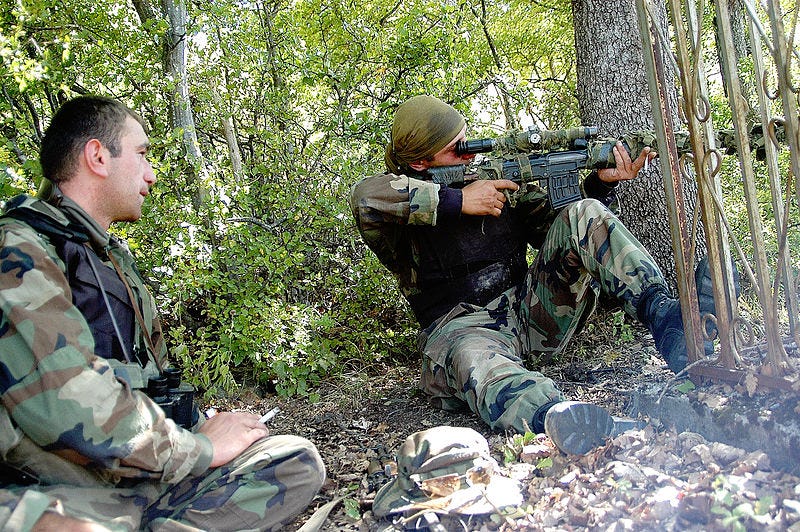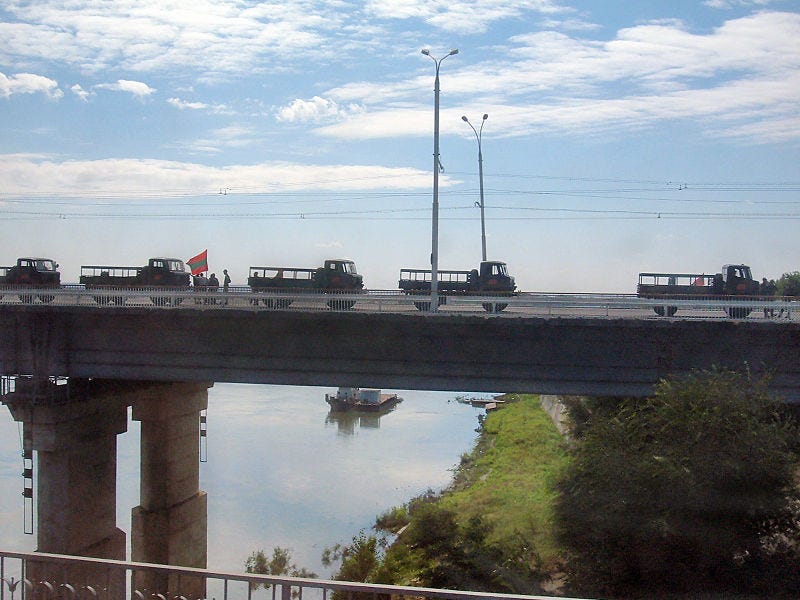Nasim Zehra
Militant violence has increasingly alienated their supporters and even the fence-sitters. When militants kill polio workers and declare polio drops un-Islamic, sympathy for them starts waning.
 "YOU hit us once and we will hit you twice. That’s what people like in my area. They say Nawaz Sharif is doing the right thing now," explains Adil, the man who lives in Bhara Khau on the outskirts of Islamabad.
"YOU hit us once and we will hit you twice. That’s what people like in my area. They say Nawaz Sharif is doing the right thing now," explains Adil, the man who lives in Bhara Khau on the outskirts of Islamabad.
Adil had been in awe of Lal Masjid’s prayer leader Abdul Aziz Sahib, who is now in the Taliban team nominated for negotiations with the government. Adil had rejoiced the return of Lal Masjid to Aziz and helped them repaint the mosque. He would also bring the weekly Taliban supported newspaper from Rawalpindi. Adil vocally supported its editorial thrust on how Pakistani society must be "cleansed of all evil". Often he would recall its stories about Taliban providing prompt justice to the corrupt and the immoral in society. When all else did not work the way Adil — from the less advantaged segment of Pakistani society — wanted, the Taliban panacea was attractive.

Supporters are turning away from militants.
And so a narrative was born. The killing machines of the militants found greater resonance in the hearts of the poor than the state machinery’s constitutionally approved killing machines. It began some decades ago with the Afghan jihad in the ’80s bankrolled by global powers.
But in recent weeks much appears to have changed. Millions of Pakistan’s Adils are now watching with shock the videos of beheaded soldiers, paramilitary and the police. Deadly bomb blasts are routine and so are the militants’ messages taking responsibility. Their justification for turning Pakistan into an expanding killing field ranges from wanting to impose "real Sharia", extricating Pakistan from a US war, to asking for an end to drones.
Militant violence has increasingly alienated their supporters and even the fence-sitters. When militants kill polio workers and declare polio drops un-Islamic, sympathy for them starts waning.
Adil had been in awe of Lal Masjid’s prayer leader Abdul Aziz Sahib, who is now in the Taliban team nominated for negotiations with the government. Adil had rejoiced the return of Lal Masjid to Aziz and helped them repaint the mosque. He would also bring the weekly Taliban supported newspaper from Rawalpindi. Adil vocally supported its editorial thrust on how Pakistani society must be "cleansed of all evil". Often he would recall its stories about Taliban providing prompt justice to the corrupt and the immoral in society. When all else did not work the way Adil — from the less advantaged segment of Pakistani society — wanted, the Taliban panacea was attractive.
Supporters are turning away from militants.
And so a narrative was born. The killing machines of the militants found greater resonance in the hearts of the poor than the state machinery’s constitutionally approved killing machines. It began some decades ago with the Afghan jihad in the ’80s bankrolled by global powers.
But in recent weeks much appears to have changed. Millions of Pakistan’s Adils are now watching with shock the videos of beheaded soldiers, paramilitary and the police. Deadly bomb blasts are routine and so are the militants’ messages taking responsibility. Their justification for turning Pakistan into an expanding killing field ranges from wanting to impose "real Sharia", extricating Pakistan from a US war, to asking for an end to drones.


 A Georgian sniper during Georgian-Ossetian fighting. Wikipedia photo
A Georgian sniper during Georgian-Ossetian fighting. Wikipedia photo Pro-Russian Transnistrian motorized infantry in 2005. Wikipedia photo
Pro-Russian Transnistrian motorized infantry in 2005. Wikipedia photo
